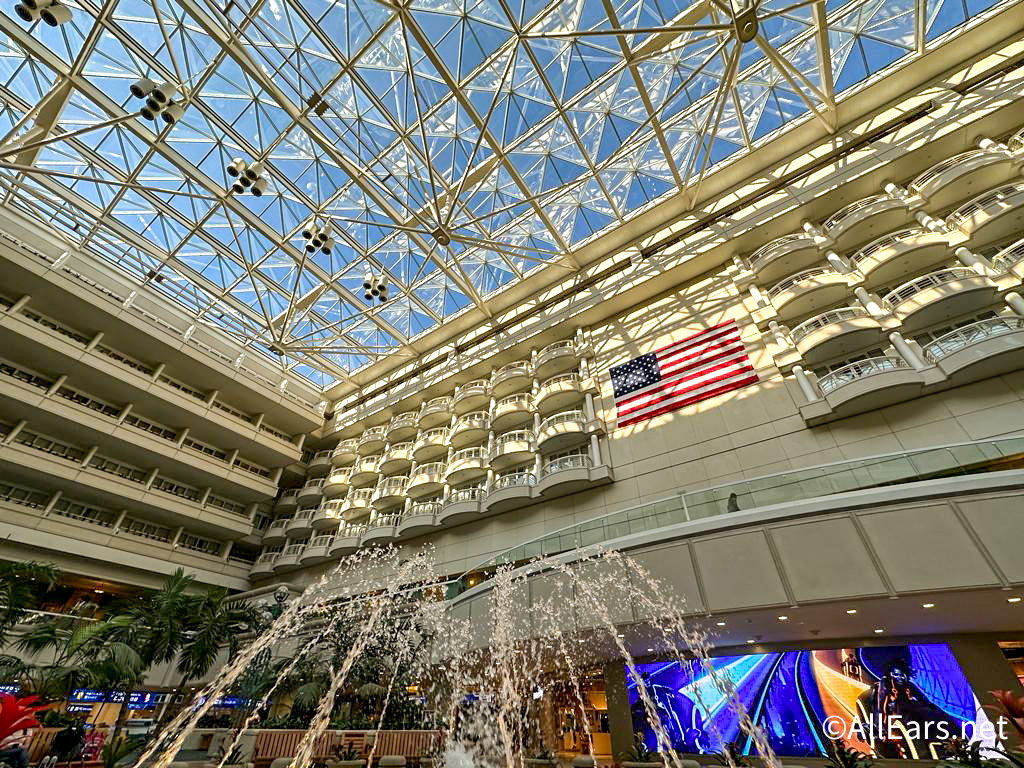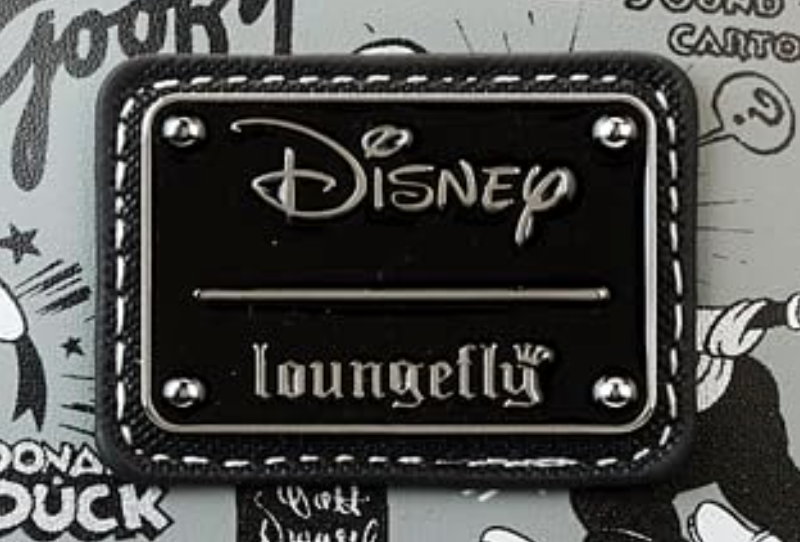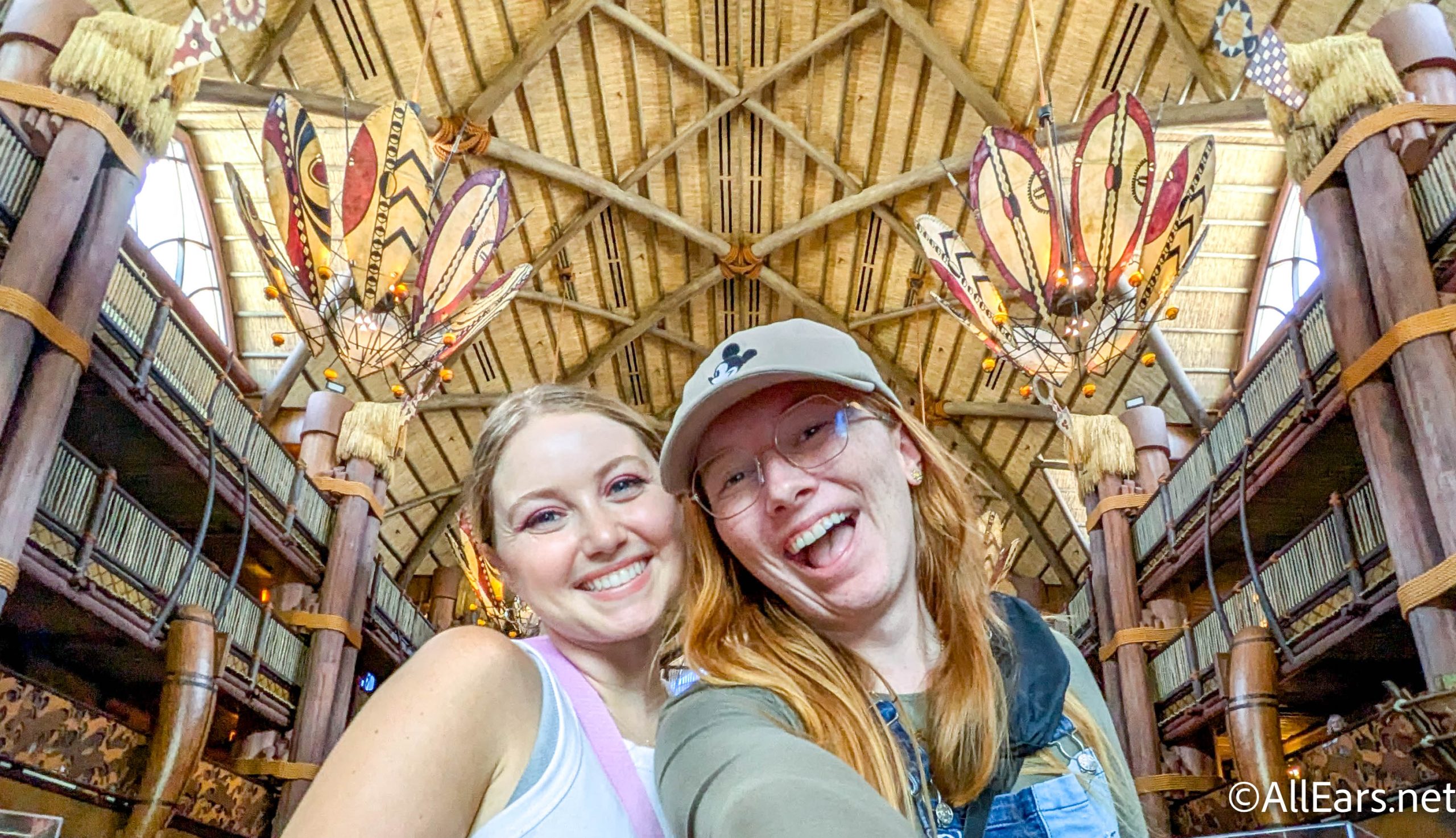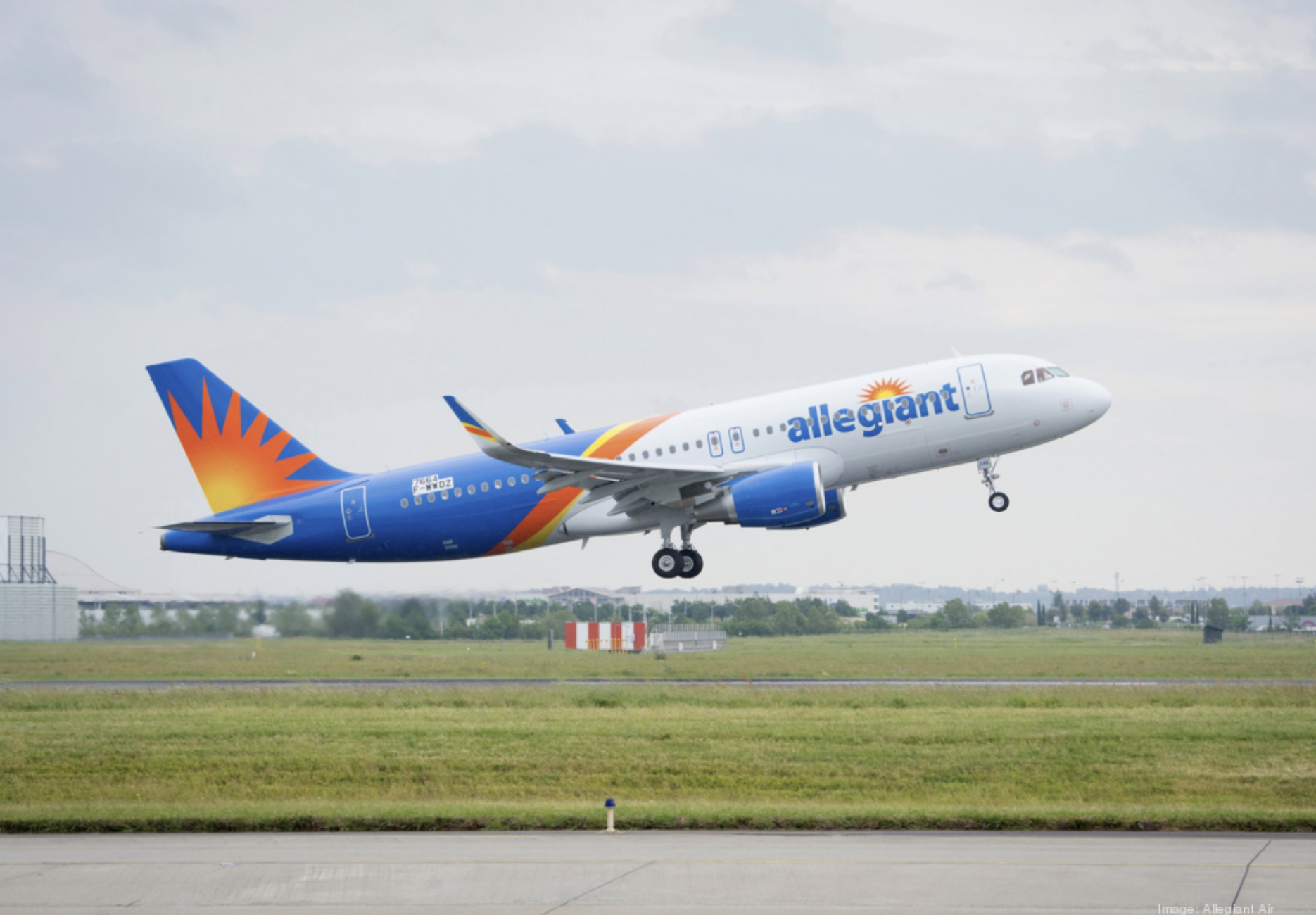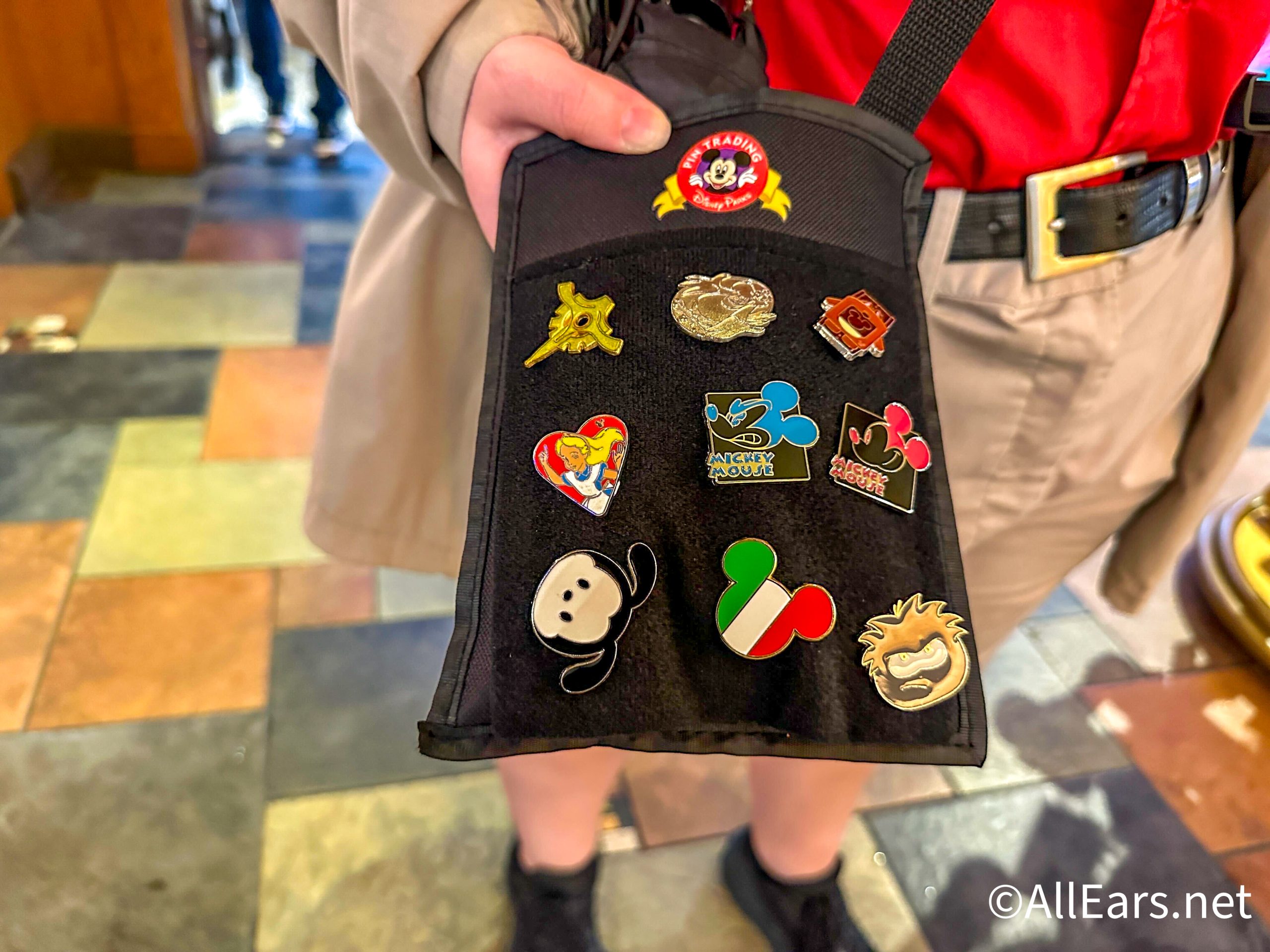WDW Chronicles: The History of the Norway Pavilion
by Jim Korkis
Disney Historian
Feature Article
This article appeared in the November 11, 2014 Issue #790 of ALL EARS® (ISSN: 1533-0753)
Editor's Note: This story/information was accurate when it was published. Please be sure to confirm all current rates, information and other details before planning your trip.
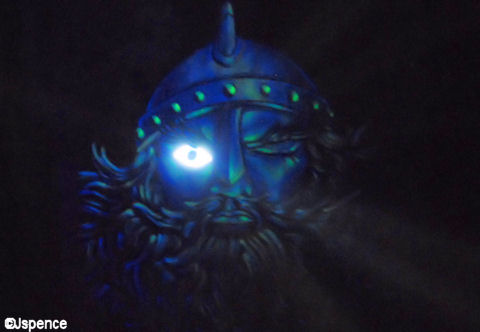 Heed this warning! You are not the first to read this article, nor shall you be the last. Those who seek the true story of the Norway Pavilion at World Showcase face peril and adventure… but more often find surprise and enlightenment.
Heed this warning! You are not the first to read this article, nor shall you be the last. Those who seek the true story of the Norway Pavilion at World Showcase face peril and adventure… but more often find surprise and enlightenment.
Change is Disney's middle name and it is coming now to the Norway Pavilion in Epcot. The Maelstrom attraction officially closed last month on October 5 to make way for a new attraction opening early in 2016 that will showcase the characters from the popular Disney animated feature "Frozen." In addition there will be a dedicated space for the characters Anna and Elsa to meet guests.
The Norway Pavilion was the eleventh and final (so far) country added to Epcot's World Showcase. It had a "soft opening" on May 6, 1988, with the stores and the Akershus restaurant (on many days) open for business.
Its themed restrooms were built and open in October 1982 in anticipation of a never-built Denmark pavilion. Since exterior bathrooms are only available to guests at alternating pavilions in the World Showcase, it was necessary to have these ones open and operating, especially since the plumbing infrastructure was in place. These restrooms were later incorporated seamlessly into the Norway pavilion.
The Norway pavilion, approximately 58,000 square feet, was designed to look like a Norwegian village. The village included a detailed Stave church based on the 1212 A.D. Gol Stave Church in Norway, and the exterior of Restaurant Akershus resembled its namesake fortress in Oslo. Four styles of Norwegian architecture were showcased in the pavilion to represent the different areas of the country: Setesdal, Bergen, Oslo and Alesund.
The official opening and dedication of the Norway Pavilion was on Friday June 3, 1988. Then-Crown Prince Harald V (who has been king since 1991) and his wife Sonja of Norway dedicated the location.
There was a live prime-time television broadcast of the ceremonies to all of Norway on NRK (basically the Norwegian Broadcasting Company, the largest media company in the country).
"Ladies and gentlemen, wishing the best of luck to Disney World and those who will be responsible for the operation of the pavilion, I hereby declare the Norway pavilion open. Thank you," stated Crown Prince Harald to an enthusiastic crowd as he went to join the rest of the seated dignitaries.
To the pre-recorded sound of the song "When you Wish Upon a Star" (supplemented by a live chorus dressed in the pavilion's traditional bunad costumes and a marching band clad in black), the World Showcase dancers clad in white and gold costumes performed on the promenade in front of the pavilion.
There was the release of red, white and blue balloons (the colors of the Norwegian flag) from the top of the building housing the Maelstrom attraction followed by fireworks from the same location.
"We think the pavilion will make Norway much better known," said Gunnar Jerman, president of NorShow (a group of 11 different companies sponsoring the pavilion).
The much-anticipated Maelstrom attraction did not open until roughly a month later on July 5, causing Orlando Sentinel writer Vicki Vaughan to write a story that was headlined, "Norway Pavilion Opens — Without Viking Ride." She wrote, "A major part of the pavilion — a Viking ship thrill ride — will not open until mid-summer because of unspecified problems, Disney officials said. Jeff Burton, project manager for Walt Disney Imagineering, Disney's design arm, would not say exactly what the glitches are in the ride, which will take visitors through a journey up and down water ramps through simulated Norwegian fjords, a Viking village, and a storm on the North Sea."
The glitches included the riders getting soaked during the North Sea storm and sometimes even thrown out of the boat, which happened to a Norwegian television reporter who fell out of the boat when he tested it at the opening-day ceremonies.
Disney Imagineer Randy Bright stated, "Norway will present several firsts for this organization as a ride. It's the first ride that actually goes backwards, and the first ride that will utilize Audio-Animatronics in a black light environment."
An Epcot press release at the time described the attraction as "Visitors take a fantasy voyage that departs a modern-day village on a Norwegian fjord and journeys up a cascading waterway into the Norway of old. The trip is aboard small ships patterned after the dragon-headed craft of Eric the Red and his fellow explorers."
The boats were some of the last work done for Imagineering by the legendary Jack Ferges before his retirement. Ferges, who was 6' 6" tall, went by the nickname "Tiny" and had been sculptor Blaine Gibson's assistant for many years after a career in Disney animation.
 Originally, the attraction was to be called "SeaVenture" and the concept was more mythological in tone. Guests would be riding along a 946-foot water flume encountering trolls and gnomes on their way to the Rainbow Bridge of Vallhalla.
Originally, the attraction was to be called "SeaVenture" and the concept was more mythological in tone. Guests would be riding along a 946-foot water flume encountering trolls and gnomes on their way to the Rainbow Bridge of Vallhalla.
Wait a minute! Is that Viking in the painting of the ship at the loading area wearing Mouse Ears? It should actually be a Donald Duck hat because Norwegians have always been bigger fans of the duck than the mouse. Terry, the scenic painter for the mural, decided to have some fun and painted those ears thinking no one else would ever see it. The rest of the crew thought it was funny and so it remained unchanged when the pavilion opened.
The Sherman Brothers, well-known for their many musical contributions to attractions, from "it's a small world" to Journey Into Imagination, were brought on board to supply a memorable song for the experience. They were shown the models and heard the concept that emphasized trolls. The very next day, before they could get to work on the song, the NorShow sponsors were shown the same model and immediately put a halt to that storyline. The Norwegian sponsors wanted the attraction to be more of a travelogue to encourage increased tourism, so the Sherman Brothers were never called back for the new approach.
In fact, the first year the pavilion was open, there were, on average, 150 requests a week from guests interested in traveling to Norway. One source claimed that during the first year of operation, tourism to Norway increased by 500 to 700 percent from the previous year.
NorShow gave the Imagineers a list of items they wanted shown in the attraction that they felt uniquely related to the story of Norway including Vikings, a fishing village, a polar bear, a fjord and an oil rig. Attraction Designer Bob Kurzweil came up with the new approach that it would be a time travel experience through the history of Norway beginning with the earliest folklore and ending in modern-day Norway.
The pavilion "Norway: Gateway to Scandinavia" was officially announced in June 1985. Construction began on the pavilion on May 27, 1986.
The pavilion ended up costing $46 million. NorShow paid $34 million, not including a $2 million donation from the Norwegian government and an $8 million loan from the government as well. The Walt Disney Company picked up the remainder of the cost, roughly one-third. NorShow sold the pavilion to Disney in 1992 for $26 million, a loss of $8 million. The Norwegian government continued to support the pavilion for a five-year term from 1992-1997, with a contribution of $200,000 a year because they felt it was a good promotional tool. They renewed for an additional five-year term, but finally decided in 2002 to drop all financial support, against the strong recommendations of their embassy in the U.S., feeling they were not receiving the same tourism benefits.
 Once Disney took over full responsibility for the pavilion, significant changes were made. In 2004, Disney introduced a Princess breakfast experience in the Akershus restaurant as an experiment to alleviate the demand at Cinderella Castle. It proved instantly popular and was expanded to lunch and dinner, as well.
Once Disney took over full responsibility for the pavilion, significant changes were made. In 2004, Disney introduced a Princess breakfast experience in the Akershus restaurant as an experiment to alleviate the demand at Cinderella Castle. It proved instantly popular and was expanded to lunch and dinner, as well.
In 2008, Disney removed the Viking ship replica that had been there near the restrooms since 1998. It was rumored that safety issues caused it to be dismantled. Today, some remnants of the ship still decorate the area.
One change that The Walt Disney Company rejected was a new film. The Norway marketing group Innovasjon Norge (Innovation Norway) prepared an updated film (since clothing and technology depicted in the current film were nearly 25 years old) and offered to give it to Disney. The Disney response was that the company did not feel the film was up to Disney standards, but if Norway paid the money, Disney would create a new film.
When the rumor that an overlay reflecting elements from the popular Disney animated feature "Frozen" would be added to the location first started to circulate, many Norwegians were upset that the pavilion would focus on a fictional fantasy land of Arendelle rather than the culture of Norway. There were heated discussions in the local news and with parliament ministers. In the end, the government felt it was a poor investment to fund an update of the pavilion, although The Walt Disney Company reportedly offered them that option.
No longer a rumor, the "Frozen" overlay of the Norway pavilion is now under way. "[The new attraction set to open in early 2016] will take our guests to Arendelle and immerse them in many of their favorite moments and music from the film. We think these Frozen elements are great compliments to the Norway pavilion, which showcases the country and region that inspired the film," said Tom Staggs, chairman of Walt Disney Parks and Resorts, in a post on the official Disney Parks Blog.
"Frozen" has become a classic animated feature and it is apparent that guests want more experiences in the park based on the film. However, the debate continues among some fans over whether the Norway pavilion is the most appropriate location for these additions.
=-=-=-=-=-=-=-=-=-=-=-=-=
RELATED LINKS
= = = = = = = = = = = = =
Norway Pavilion Overview Part 1
Norway Pavilion Overview Part 2
Other features from the Walt Disney World Chronicles series by Jim Korkis can be found in the AllEars® Archives:
http://allears.net/ae/archives.htm
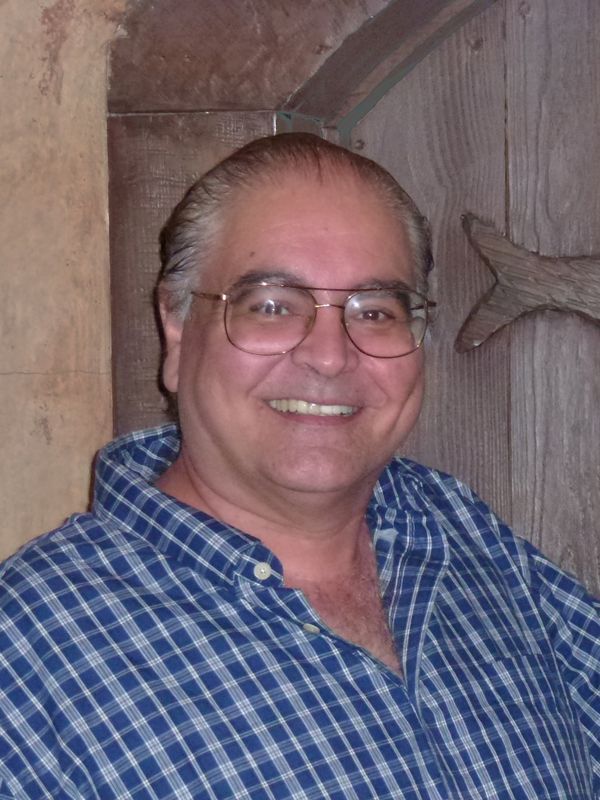 Jim also writes for the AllEars® Guest Blog, contributing entries under the heading of "Jim's Attic." Find his latest entry here:
Jim also writes for the AllEars® Guest Blog, contributing entries under the heading of "Jim's Attic." Find his latest entry here:
http://land.allears.net/blogs/guestblog/guest_bloggers/jim_korkis/
-=-=-=-=-=-=-=-=-=-=-
ABOUT THE AUTHOR:
Disney Historian and regular AllEars® Columnist Jim Korkis has written hundreds of articles about all things Disney for more than three decades. As a former Walt Disney World cast member, his skills and historical knowledge were utilized by Disney Entertainment, Imagineering, Disney Design Group, Yellow Shoes Marketing, Disney Cruise Line, Disney Feature Animation Florida, Disney Institute, WDW Travel Company, Disney Vacation Club and many other departments.
He is the author of several books, available in both paperback and Kindle versions. You can purchase them via our AllEars.Net Amazon.com store HERE.
-o-o-o-o-o-o-o-o-o-o-o-
Editor's Note: This story/information was accurate when it was published. Please be sure to confirm all current rates, information and other details before planning your trip.


